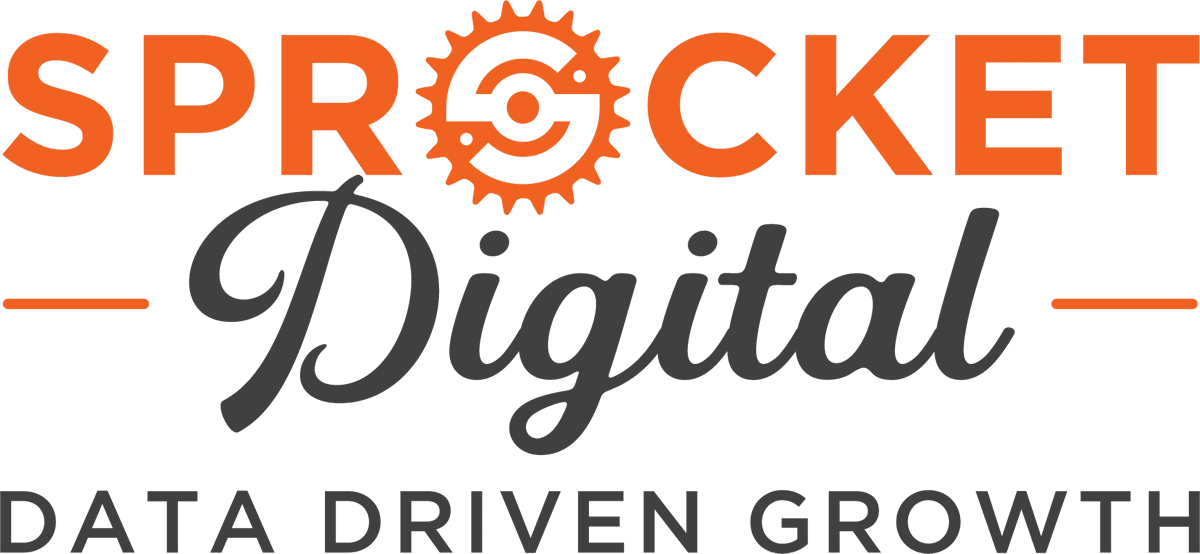Search Engine Optmisation – SEO has a lot of moving parts and that can mean a lot of wasted time and effort if we’re not organised.
As I was looking over reports the other day, I realised I was nearly drowning in statistics, benchmarks, KPIs, rankings, conversions, dashboards, audits and so on. You get the picture. I am all for data and tools that make my life easier, but how much is too much?
At Sprocket, we place a lot of significance on the data that matters to ensure that we are delivering what we are contracted to do. Yet as I was working, I realised that the more I dug through the data, shifting from tool to tool, the less time I was spending doing the work I needed to do.
With a search world crowded with options and resources, I believe it’s time to get back to the basics and simplify the process.
So how can we, as SEOs, use all of the data and great tools available to create a more streamlined and simplified approach to SEO?
Now, simple doesn’t mean easy. If it were easy, everyone would do it.
Simple is about focus, consistency and results. I know that I have spent hours and hours working on tasks that, all in all, had a very limited impact on the overall goal of the campaign. So instead of focusing on the number of deliverables we can get done, we need to instead focus on delivering results.
By simplifying your SEO strategy, you will strip from it some of the “extras” that don’t really matter and begin to focus on the tasks and actions that help your site achieve its overall purpose. To help make my point, I want to share something I call the “Simplified Search Productivity Cycle.”
It all begins with goals!
You can’t get to where you want to go if you don’t have a plan. Goals help us define our desired destination. Once we define what we want, we can work backward to create a strategy that will help us get there.
When deciding upon your search goals, here are a few questions you should ask:
What is the purpose of my site? Is it to drive leads? Sell a widget? Connect with content? Your site’s purpose is directly related to the kinds of goals you will set. Learn more about defining your site’s purpose in my last post, “The benefits of creating a purpose-driven SEO strategy.”
What do I want to achieve? This is where you outline what your end goal looks like. Is it revenue-based? User-based? Traffic-based? Defining what it is you want will help you determine whether or not you are succeeding.
How will I measure success? After you know what you want to achieve, you need to know what to measure. In order to be sure that you have a positive ROI, you have to know what numbers count. For instance, if you need to generate leads, you are going to need not just to drive traffic, but to drive traffic that will convert. It makes no sense to have thousands of visitors if none of them convert.
Who is my competition? Knowing what you are up against is important. Looking at your competition, what they do and how they do it can give you some ideas on how to take advantage of the holes in their search marketing strategy.
Action-based strategy!
Once you have your goals in place, it’s time to build a plan of action. Again, we must understand that every site is different and that what worked in one niche may not work in the next.
When building your strategy, make sure that you stay focused on the end goal. Toss everything that doesn’t help you reach your SEO goals. Identify the tasks that will get you the desired results, and then prioritize them.
During this phase of the cycle, you also want to think about key strategic partners you can bring alongside you. The internet is all about connections, and if you want to have SEO success, you have to always be looking to connect.
Real results!
As I mentioned above, we have more access to data than ever before. This is both good and bad. The key to reporting is reporting on what matters.
When I say “real results,” I am referring to anything that has a real impact on the advancement towards the end goal. At this point in the cycle, we review what we have done and the impact of those actions. Here are four simple questions we must answer.
What worked?
What didn’t?
Why?
What’s next?
The goal here is to figure out if we are headed in the right direction. We may not always have concrete answers, but by asking ourselves these questions, we can make sure that we are looking at the data that matters. The most important of all of the four is the last one. Don’t get stuck in the results and data. Look forward and keep pushing.
Making adjustments
Now, just because you have a plan, that doesn’t mean it’s going to go perfectly. If fact, I’ll argue that it never will go perfectly. But that’s half the fun of it, right? After you have reviewed the “real results,” it’s time to make calculated adjustments.
Maybe you went out on a limb and tried something new, and it didn’t give you the results you wanted. You’re not stuck having to do it over and over. The adjustment phase of the cycle helps make sure that you stay aligned with your goals.
Use the data you’ve collected to make tweaks, add and remove action items and refocus your strategy around your goals.
Around we go again
After you’ve made the tweaks, the cycle starts back at the top. Take time to review your goals after each time around. I have found that after going through the cycle one time, the goals I set in the beginning need to be shifted slightly.
A key thing to remember is that you have to allow yourself flexibility in the process. Keep it simple. Define what you want. Put together a plan of action. Review the results, and adjust as needed. SEO doesn’t have to be super-complicated; it just needs to be focused.



